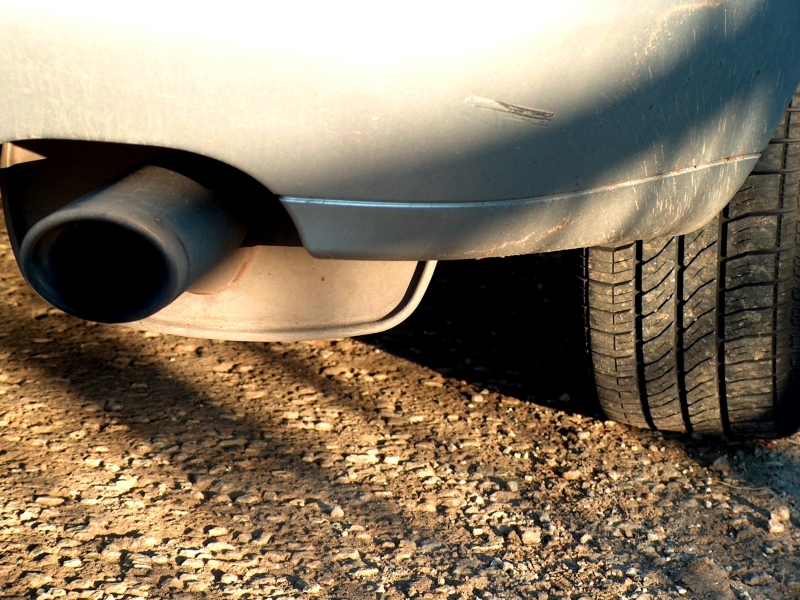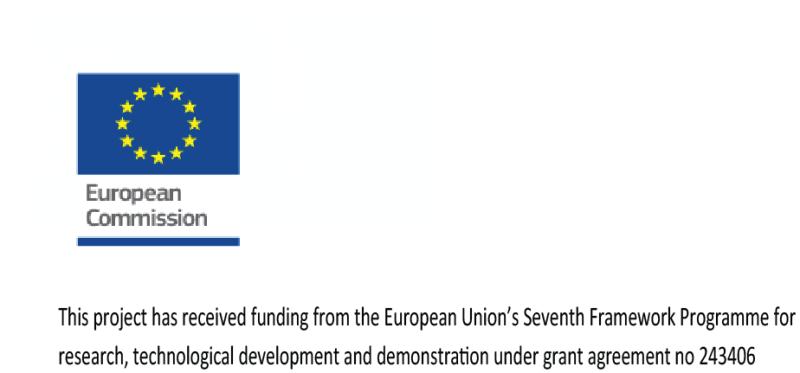TRANSPHORM
08.29
From 2010 to 2012
In the European project TRANSPHORM, TML analysed fine dust emissions from traffic and their health impacts, developing new calculation models for both local and European levels. The project resulted in an integrated tool for evaluating traffic management measures and produced recommendations for the European Commission to reduce the adverse health effects of particulate matter.
The main objective of the EU research project TRANSPHORM was to assess the health impact of transport-related airborne particulate matter (PM). To this end, we developed calculation models that we applied at both local urban and global European level. TRANSPHORM was a €9 million project involving 20 partners from 12 countries.
Emissions of particulate matter from traffic were determined on the basis of transport volumes and emission factors. Transport volumes in European cities were mapped at a more detailed level compared to existing data. For this purpose, TML developed a new and more detailed multimodal urban transport model. For each of the 900 largest cities in the EU, this model determines the impact of different traffic management measures on PM emissions. This model also predicts transport volumes in European cities up to 2030. Furthermore, the TRANSPHORM project developed new emission factors that are more accurate than the existing ones.
In urban environments, we investigated exposure to particulate matter from road, water, rail, and air traffic. For this purpose, we developed refined and updated dispersion and exposure models. To validate these models, targeted measurement campaigns were carried out in London, Oslo, Helsinki, Rotterdam, Athens, and Prague.
The TRANSPHORM project provided an integrated tool to evaluate measures and policy decisions. Finally, using this tool, recommendations were formulated for the European Commission to reduce the adverse health effects of particulate matter.
The main objective of the EU research project TRANSPHORM was to assess the health impact of transport-related airborne particulate matter (PM). To this end, we developed calculation models that we applied at both local urban and global European level. TRANSPHORM was a €9 million project involving 20 partners from 12 countries.
Emissions of particulate matter from traffic were determined on the basis of transport volumes and emission factors. Transport volumes in European cities were mapped at a more detailed level compared to existing data. For this purpose, TML developed a new and more detailed multimodal urban transport model. For each of the 900 largest cities in the EU, this model determines the impact of different traffic management measures on PM emissions. This model also predicts transport volumes in European cities up to 2030. Furthermore, the TRANSPHORM project developed new emission factors that are more accurate than the existing ones.
In urban environments, we investigated exposure to particulate matter from road, water, rail, and air traffic. For this purpose, we developed refined and updated dispersion and exposure models. To validate these models, targeted measurement campaigns were carried out in London, Oslo, Helsinki, Rotterdam, Athens, and Prague.
The TRANSPHORM project provided an integrated tool to evaluate measures and policy decisions. Finally, using this tool, recommendations were formulated for the European Commission to reduce the adverse health effects of particulate matter.



